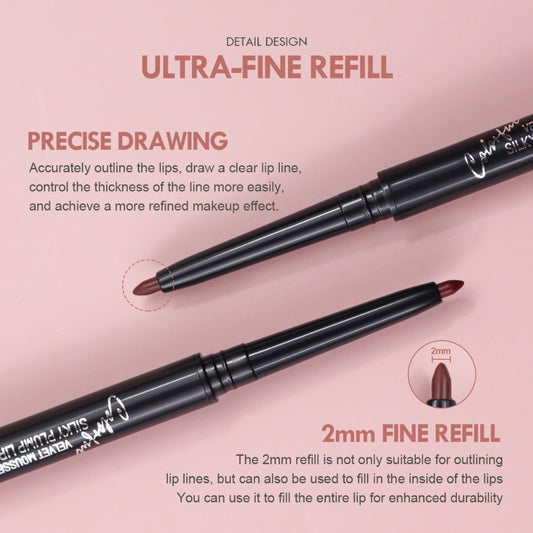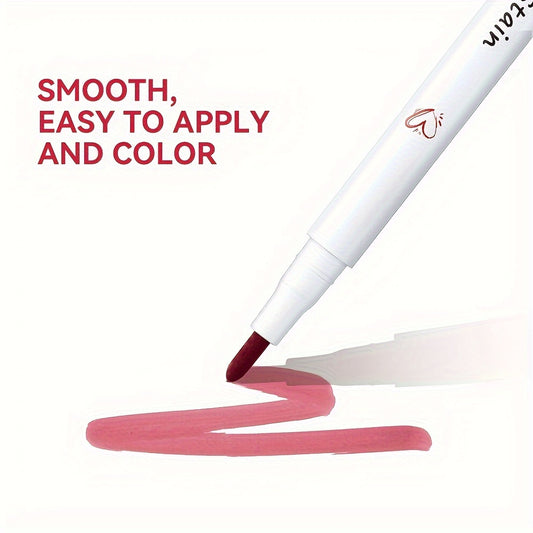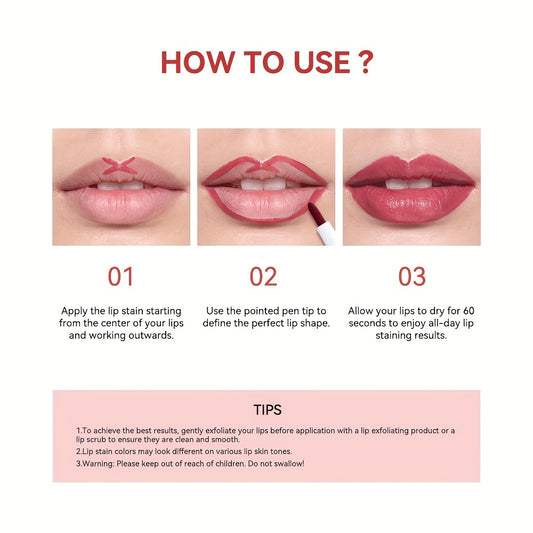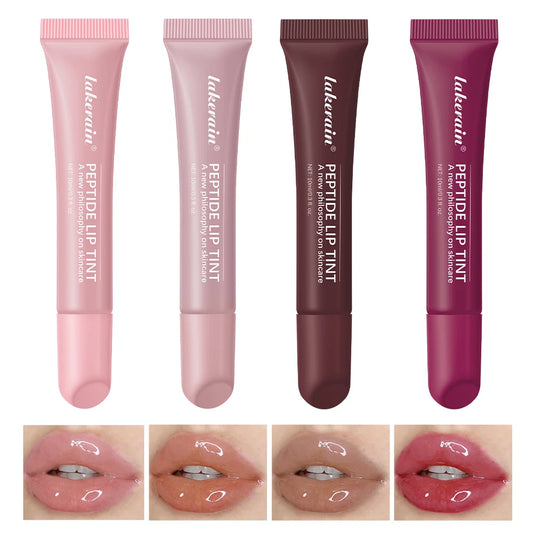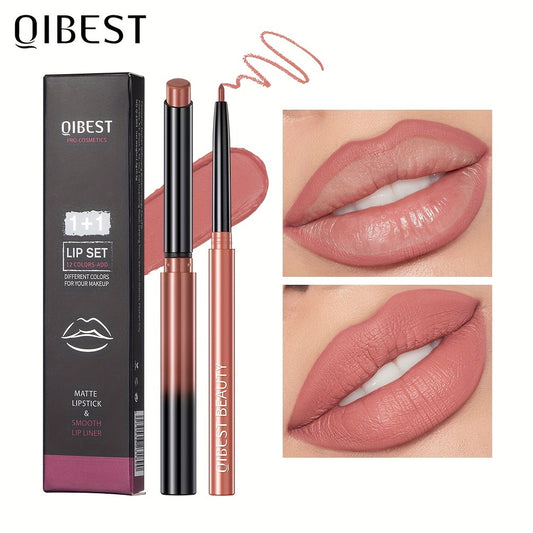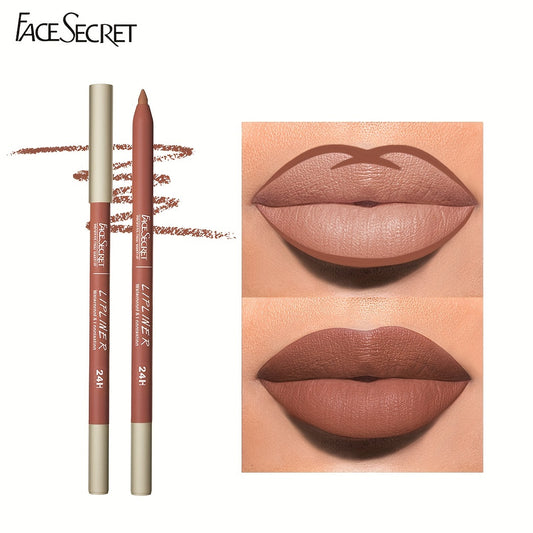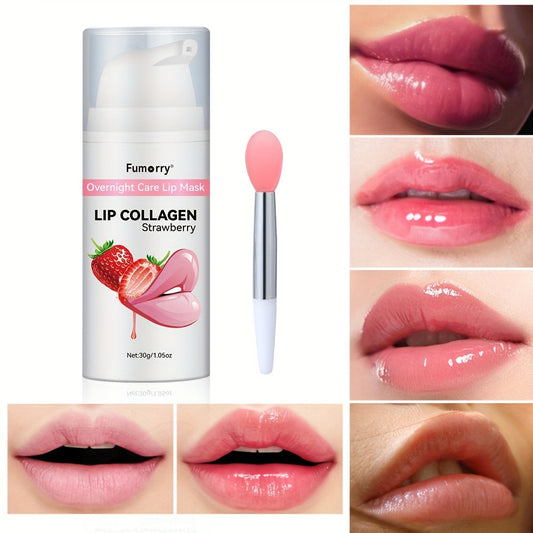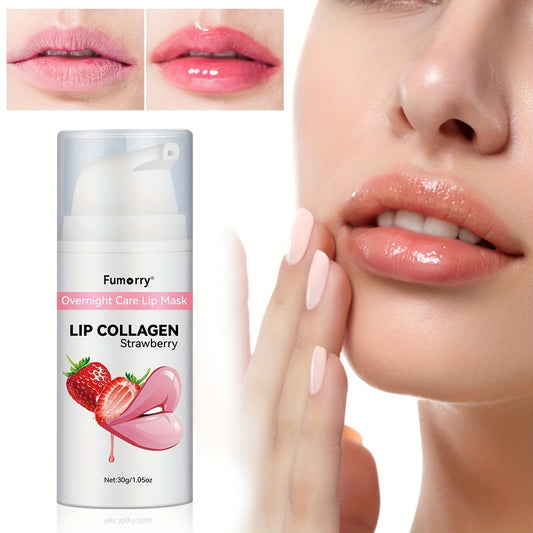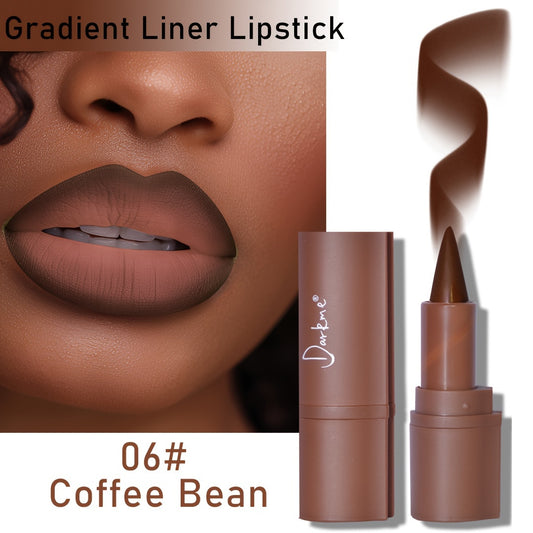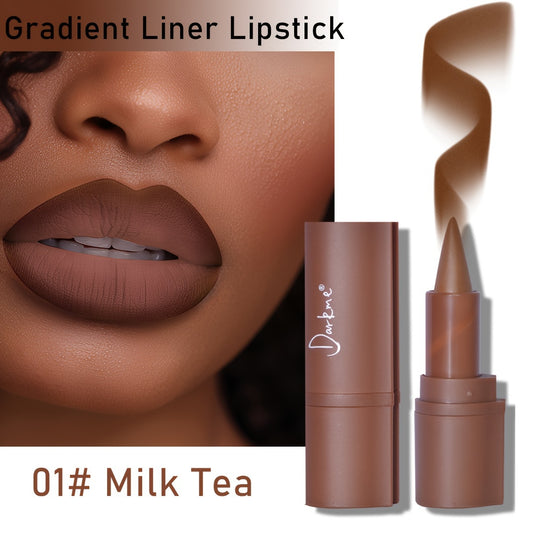Lemon Balm Lip Balm Explained Everything You Need to Know
Share
When it comes to taking care of your lips, there's nothing quite like the soothing touch of nature's botanicals. One standout product that's catching attention these days is the lip balm with lemon balm. This blog post will guide you through all the ins and outs of this wonderful product. We'll explore its origins, benefits, and how it stands out in the competitive world of lip care. Ready to discover everything about lip balm with lemon balm? Let's dive in!
Table of Contents
- Introduction to Lemon Balm and Lip Care
- Product Background
- Market Trends & Innovations
- Key Features, Benefits, and Use Cases
- Competitor Landscape and Comparisons
- SWOT Analysis
- Growth Drivers and Industry Statistics
- FAQs
- Conclusion and Call to Action
Introduction to Lemon Balm and Lip Care
Lemon balm, known scientifically as Melissa officinalis, is a perennial herb from the mint family. It's famous for its calming properties and has been used for ages in traditional medicine. When incorporated into a lip balm, lemon balm offers both soothing and healing effects, making it ideal for comprehensive lip care. At Lipoxi, we're comitted to delivering products that harness the natural goodness of such botanicals for your everyday beauty routine.
Product Background
Lip balm with lemon balm is no ordinary lip care product. It blends the calming, soothing properties of lemon balm with moisturizing and hydrating agents to give your lips a comprehensive care experience. At Lipoxi, this isn't just a product; it's a passion project aimed at bringing the best of nature to your everyday skincare routine.
Why Choose Lemon Balm?
- Calming and soothing effects
- Antioxidant properties
- Natural fragrance and flavor
Lipoxi's Mini Tea Lip Balm is an exquisite example that marries the soothing properties of lemon balm with other refreshing ingredients.
Market Trends & Innovations
The lip care market is booming with innovations. Consumers are shifting towards products with natural ingredients, and lemon balm lip balm is at the forefront of this trend. This product caters to the growing consumer demand for natural and organic skincare solutions:
- Rise in Organic Products: Today's consumers are more health-conscious and prefer organic ingredients.
- Sustainability Trends: There is a significant focus on environmentally friendly practices.
- Innovative Packaging: Companies are opting for eco-friendly packaging solutions to appeal to environmentally-conscious consumers.
Key Features, Benefits, and Use Cases
Choosing a lemon balm-infused lip balm brings a myriad of benefits:
Key Features:
- Natural Ingredients: Comprised mostly of botanical elements.
- Soothing Properties: Calms irritated lips.
- Rich in Antioxidants: Helps protect lips from damage.
Benefits:
- Alleviates and prevents chapped lips.
- Provides long-lasting moisture.
- Offers natural sun protection.
Use Cases:
- Ideal for daily use to maintain lip health.
- Great for calming irritated lips due to weather conditions.
- Can be used as a base under lip makeup for added protection.
Competitor Landscape and Comparisons
Lip balms with lemon balm are relatively new, but the competition is growing:
- Traditional Lip Balms: Often use petroleum-based products, lacking natural properties.
- High-End Natural Balms: May use similar ingredients but often at a higher price point.
Compared to these, products like the Moisturizing Pink Lip Balm offer balanced pricing without compromising on quality.
SWOT Analysis
Strengths:
- Strong natural ingredient profile.
- Established presence and consumer trust in natural products.
Weaknesses:
- Higher cost of sourcing natural ingredients.
- Product education is needed to convert new users.
Opportunities:
- Expanding market for organic skincare.
- Increasing awareness about the benefits of lemon balm.
Threats:
- Rising competition in the natural products segment.
- Economic fluctuations affecting consumer spending on beauty products.
Growth Drivers and Industry Statistics
The global lip balm market is energized by several growth drivers:
- Increasing Demand for Organic Products: Consumers are seeking chemical-free beauty options.
- Awareness of Lip Health: More people are becoming aware of the importance of hydration and protection for lips.
According to MarketWatch, the global lip balm market is expected to grow significantly, with a strong emphasis on natural and organic products.
For a broad range of lip care solutions, visit Lipoxi's Product Category Page.
FAQs
What is lemon balm used for in lip balm?
Lemon balm is used for its soothing and healing properties, beneficial for calming and hydrating chapped lips.
Is lip balm with lemon balm suitable for daily use?
Yes, it is ideal for everyday use to maintain lip health.
Can lemon balm lip balm protect my lips from the sun?
While it's not a sunscreen replacement, lemon balm contains antioxidants that help protect against environmental stressors, including the sun.
How does Lipoxi's lemon balm products differ from others?
Lipoxi products, such as the Lip Plump & Repair Essence, focus on high-quality, natural ingredients without the excessive cost.
Where can I buy lemon balm lip balm?
You can purchase it directly from trusted retailers like CashyMart, ensuring authenticity and quality.
Conclusion and Call to Action
Lemon balm lip balm is more than just a simple lip care product; it's part of a broader movement towards natural, effective, and environmentally friendly skincare solutions. With its natural soothing properties and versatile use cases, it's a valuable addition to any skincare routine. Embrace the natural skincare revolution by exploring Lipoxi's range today and feel the difference in your lip care routine!
Image SEO Alt Text Suggestions (for your reference):
- "Natural Lemon Balm Lip Balm"
- "Botanical Ingredients in Lip Balm"
- "Comparison of Lip Balm Types"









